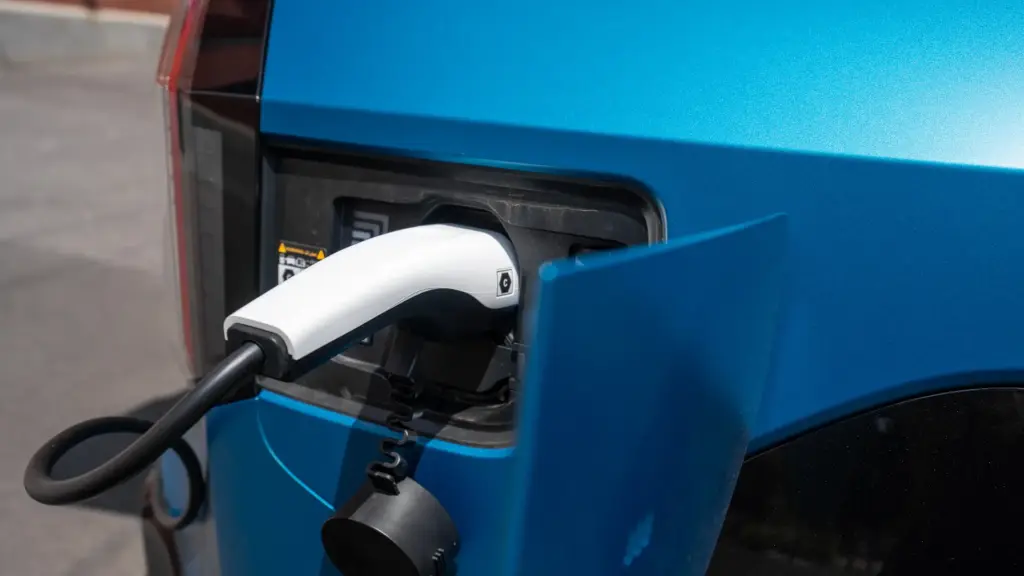
In a groundbreaking development for the Australian energy sector, technology enabling electric vehicles (EVs) to send power back to the grid is now being trialed by the country’s largest electricity providers. This innovative approach, known as vehicle-to-grid (V2G) technology, is currently accessible to owners of Hyundai, Kia, Zeekr, and BYD vehicles.
The initiative aims to transform the way energy is managed and consumed, allowing EVs to not only draw power from the grid but also return it during peak demand times. This could potentially reduce energy costs for consumers and alleviate pressure on the national grid.
Understanding Vehicle-to-Grid Technology
Vehicle-to-grid technology represents a significant leap forward in sustainable energy solutions. By enabling two-way energy flow between electric vehicles and the power grid, this technology allows car batteries to serve as mobile energy storage units. During peak energy usage periods, these batteries can discharge electricity back to the grid, helping to balance supply and demand.
Experts suggest that widespread adoption of V2G technology could lead to a more resilient energy infrastructure. Dr. Emily Carter, an energy systems researcher, explains, “The integration of V2G technology can provide a buffer against energy shortages and contribute to a more stable grid, particularly as renewable energy sources become more prevalent.”
Implications for the Automotive Industry
The introduction of V2G technology in Australia marks a pivotal moment for the automotive industry. Manufacturers like Hyundai, Kia, Zeekr, and BYD are at the forefront of this transition, offering vehicles equipped with the necessary technology to participate in the trials.
This development follows a global trend where automakers are increasingly focusing on sustainability and energy efficiency. The move represents a strategic alignment with environmental goals and consumer demand for greener transportation options.
“The potential for electric vehicles to contribute to energy stability is a game-changer,” says John Thompson, CEO of an Australian energy provider. “We are excited to explore the possibilities of V2G technology and its benefits for both the grid and EV owners.”
Challenges and Considerations
While the benefits of V2G technology are clear, there are challenges that need to be addressed. The infrastructure required to support two-way energy flow is still in its infancy, and significant investment will be needed to upgrade existing systems.
Additionally, there are concerns about the impact of frequent charging and discharging on battery life. Manufacturers are working to ensure that V2G-enabled vehicles can withstand the demands of this technology without compromising performance or longevity.
The Road Ahead
As Australia embarks on this ambitious trial, the eyes of the world are watching. Successful implementation could set a precedent for other countries looking to integrate V2G technology into their energy strategies.
According to industry analysts, the next steps will involve refining the technology, expanding infrastructure, and educating consumers about the benefits of participating in V2G programs. The potential for cost savings and environmental impact reduction could drive widespread adoption in the coming years.
Meanwhile, the collaboration between automakers and energy providers will be crucial in overcoming the initial hurdles and ensuring the successful rollout of this innovative technology.
The announcement comes as part of a broader push towards renewable energy and sustainability, reflecting a global shift in how we think about energy consumption and transportation. As the trials progress, stakeholders will be keenly observing the outcomes and implications for the future of energy and mobility.







